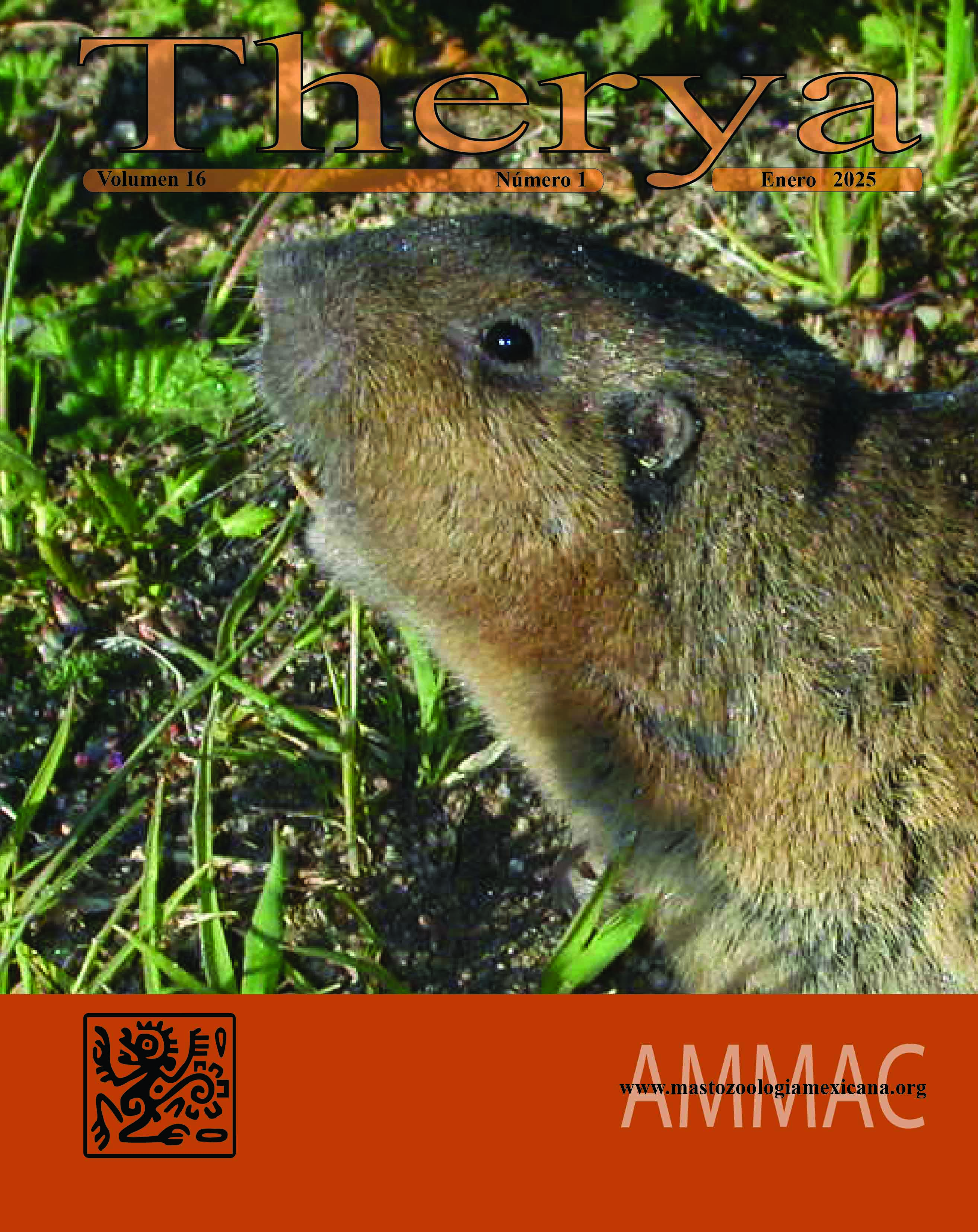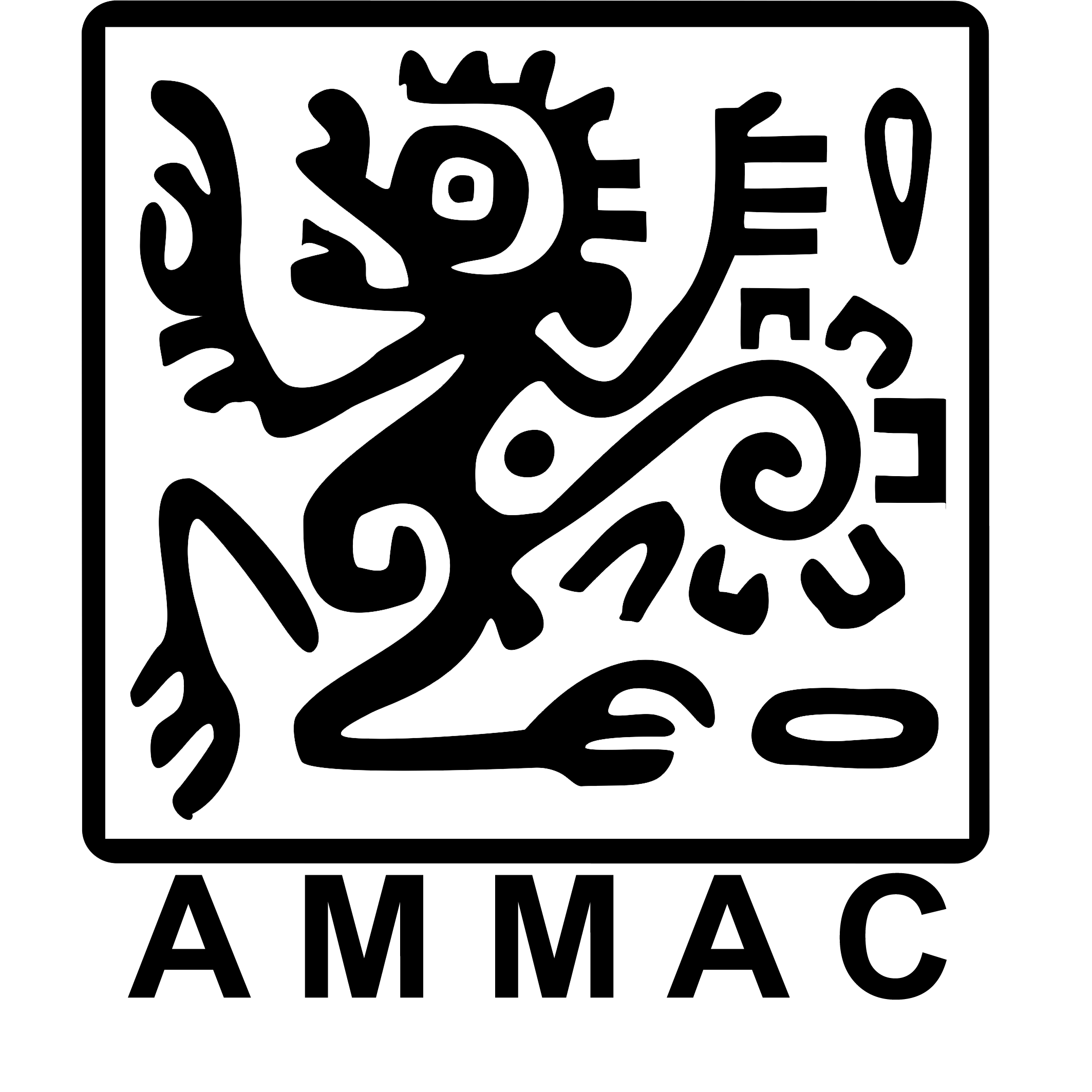The woodrats of California: evolution across a dynamic landscape
Palabras clave:
California Floristic Province; hybridization; low coverage genomes; mitogenomes; Neotoma.Resumen
The dynamic landscapes of California have supported the evolution of high levels of biological diversity, including in the genus Neotoma (woodrats). Here, we use whole mitochondrial genomes and low coverage genome-wide data to explore patterns of diversity within and among five western lineages of woodrats: Neotoma fuscipes, N. macrotis, N. bryanti, N. lepida and N. cinerea. We place these patterns of diversity and differentiation within the context of what has been learned about the evolutionary dynamics of these species over the past 25 years. We end by exploring how new genomic datasets coupled with intensive fieldwork will continue to provide new insights into the evolutionary history and future trajectories of these lineages.
Descargas
Descargas
Archivos adicionales
Publicado
Cómo citar
Número
Sección
Licencia
La revista THERYA, con base en su política de acceso abierto, permite descargar en forma gratuita el contenido completo de la revista en formato digital. También autoriza al autor a colocar el artículo en el formato publicado por la revista en su sitio web personal, o en un repositorio de acceso abierto, distribuir copias del artículo publicado en formato electrónico o impreso a quien él considere conveniente, y reutilizar parte o la totalidad del artículo en sus artículos o libros futuros, dando los créditos correspondientes. Se utiliza la licencia Creative Commons CC BY-NC-SD. La que se especifica en las publicaciones.










